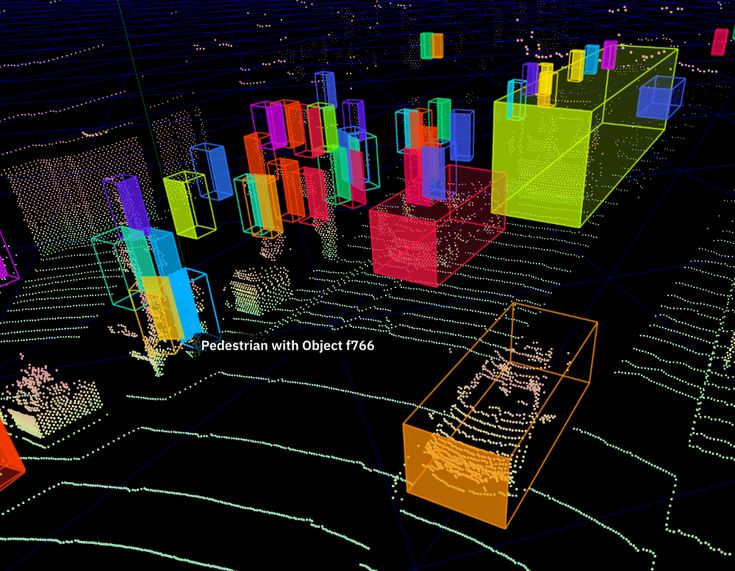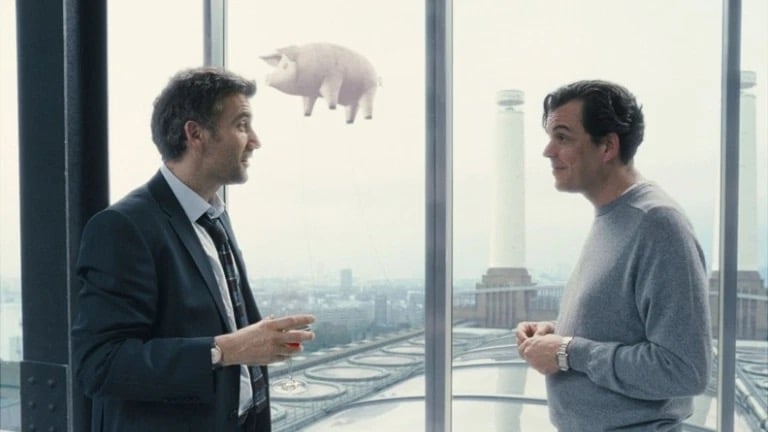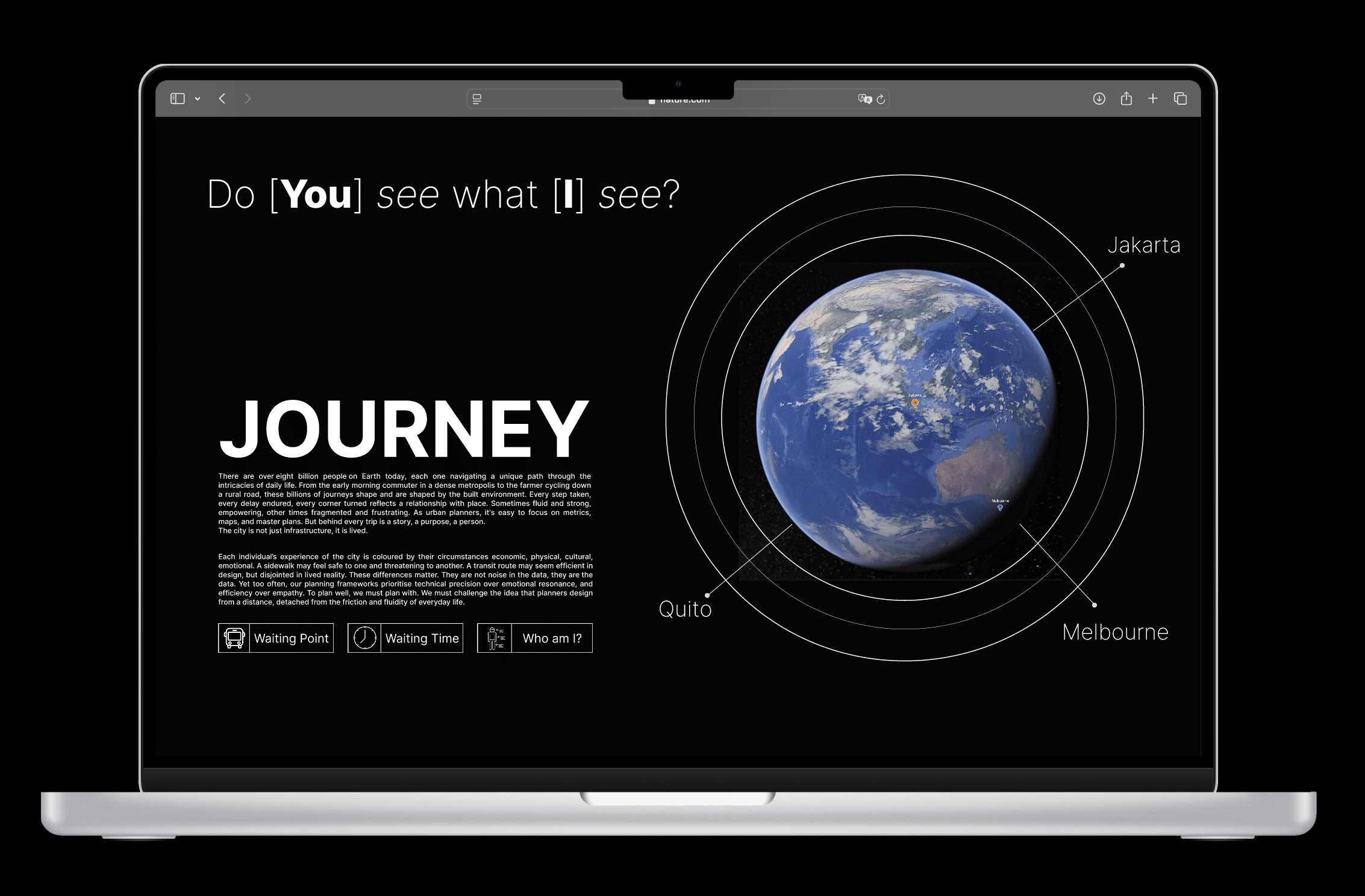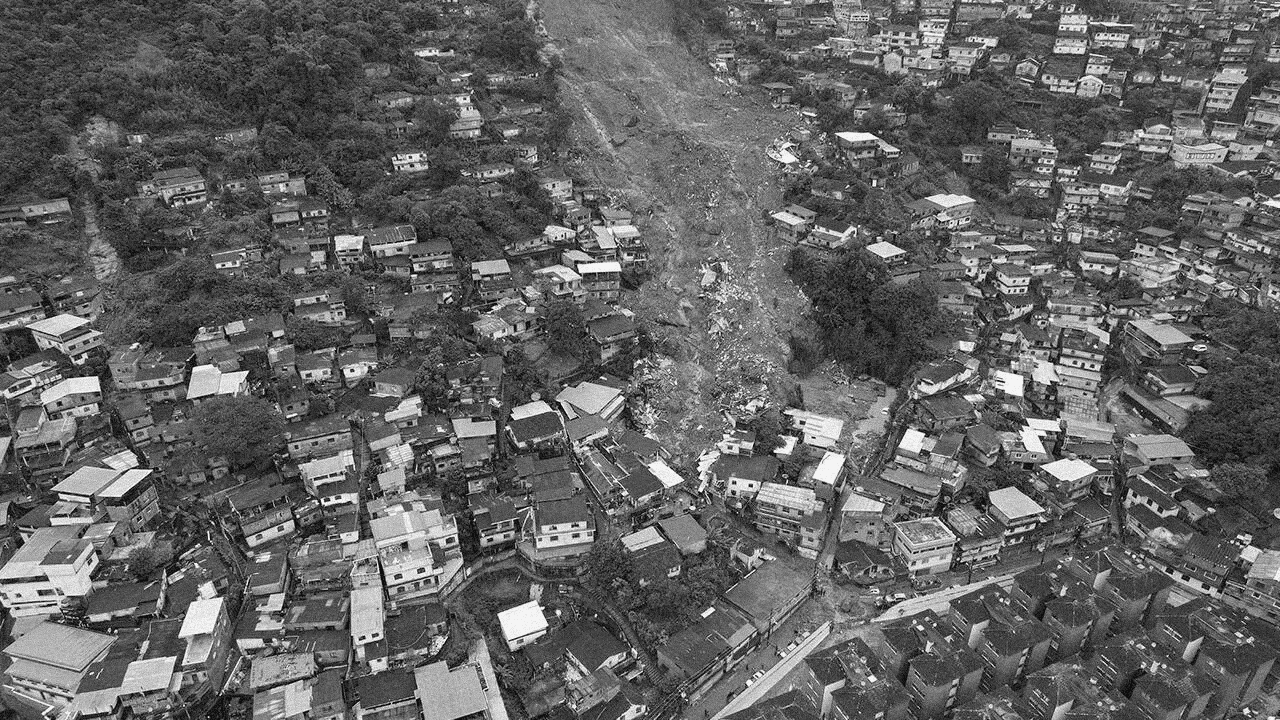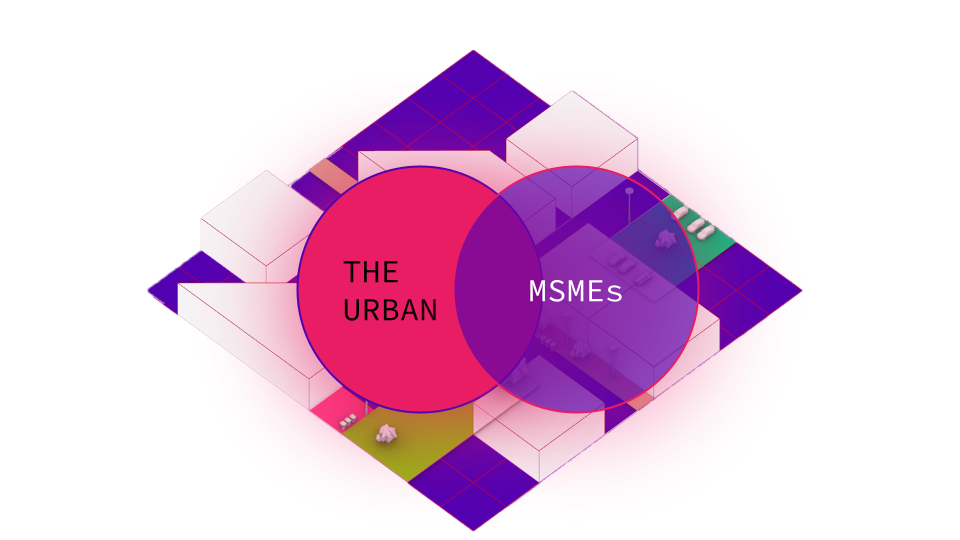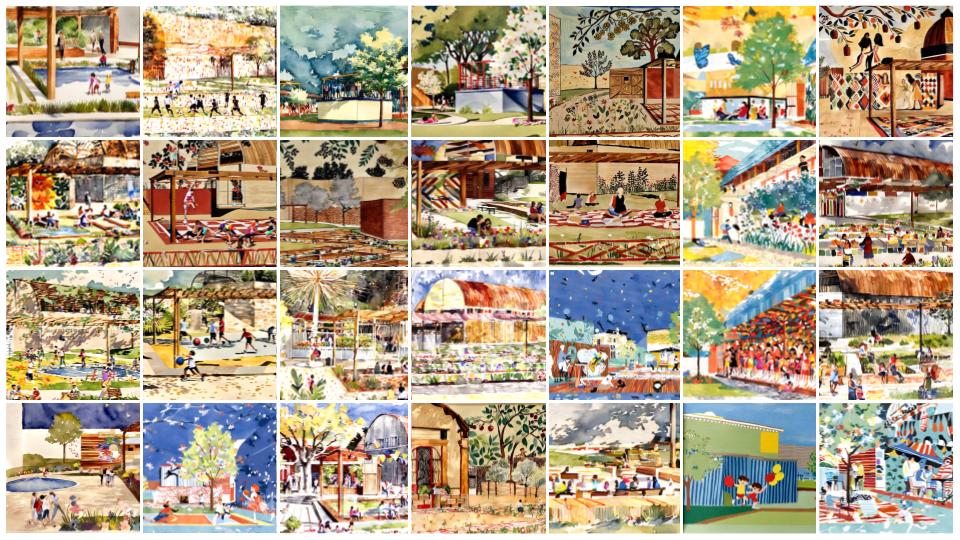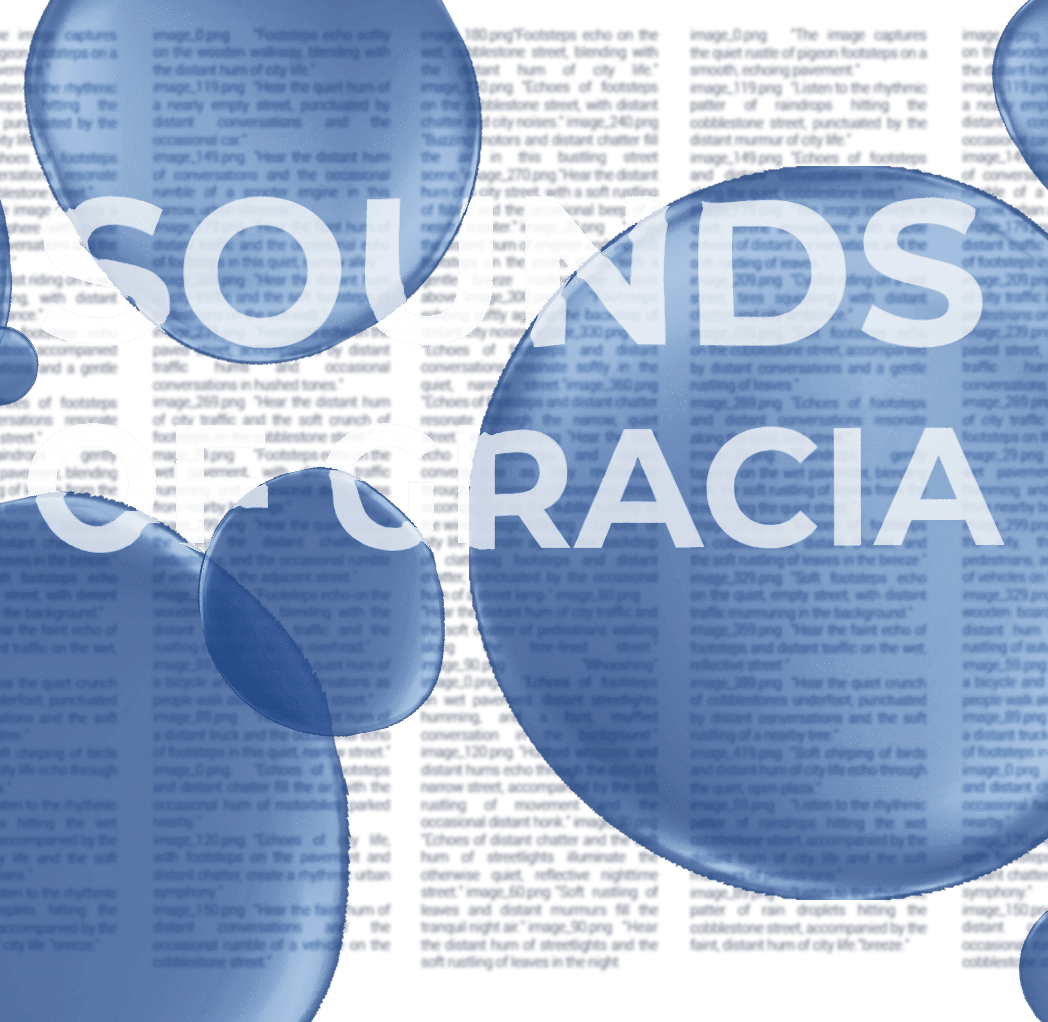UrbanSight – Agent-based Pedestrian Environment Analysis
Project Introduction Urban environments are constantly evolving, shaped by the movement of people, the flow of traffic, and the presence of infrastructure. Yet, understanding these patterns at the street level — especially across an entire neighborhood — can be difficult, time-consuming, and highly subjective. In this project, we present a computer vision–based visual audit of … Read more

